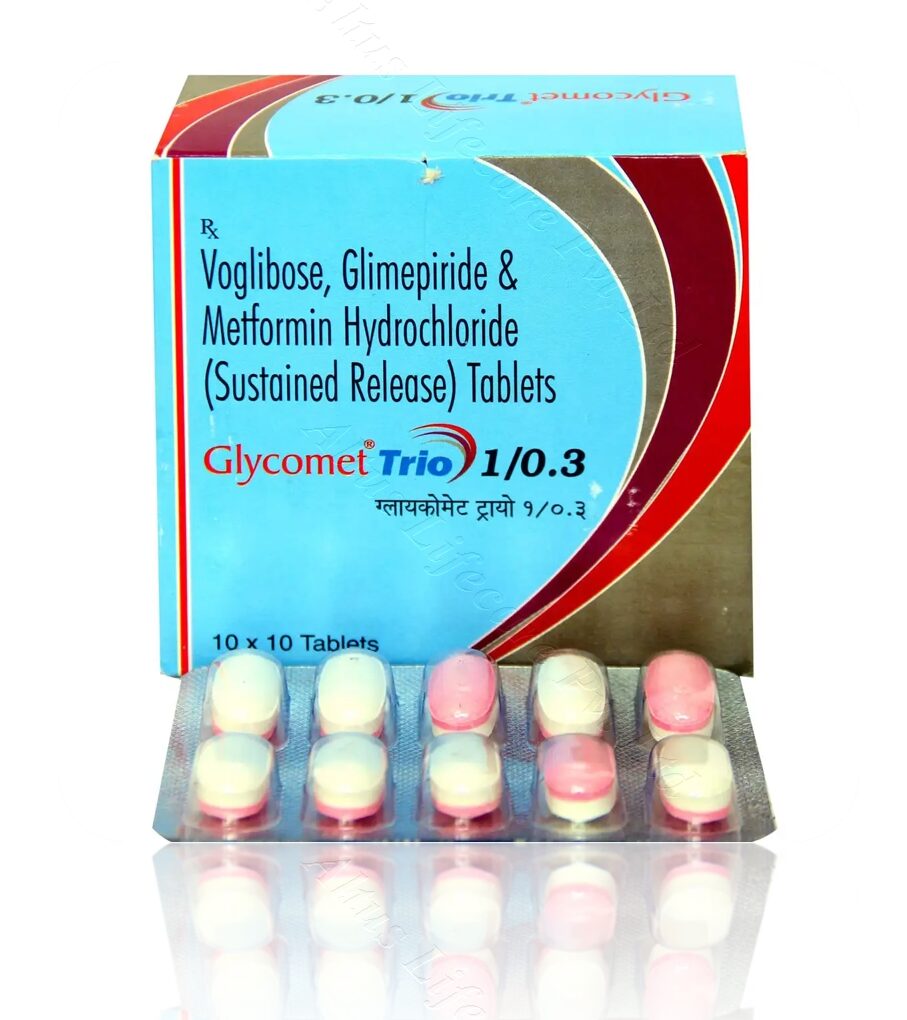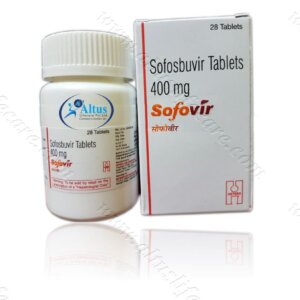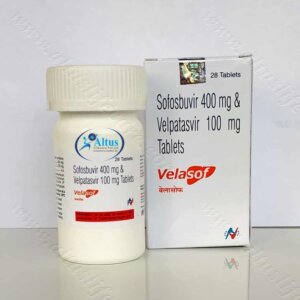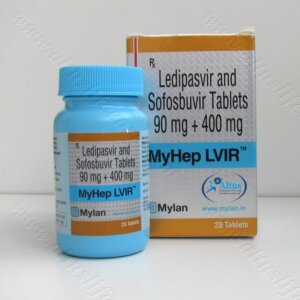- Anti Malarial
- Dermal fillers
- Chemical Peels
- Nephrology Segment
- Kidney / Liver Care
- Anti Cancer
- Altus Product's
- Pharmaceutical Products
- Anti Fungal
- Hepatitis
- Beauty & Skin Care
- Asthma
- Modafinil
- Urology Segment
- Thyroid Care
- Armodafinil
- HIV Medicines
- Weight Loss
- Naltrexone
- Anti Emetic
- Neuropathic Pain
- Mens Health
- Hair Loss
- Pain Relief
- HCG Injections
- Quit Smoking
- Pharmaceutical Vaccine
- Best Selling Products
- Anti Viral
- Bimatoprost
- Antibiotics
- Women's Health
- Cetaphil
- Botulinum
- Diabetes
- Human Albumin
- Anti-Cancer
- Armodafinil
- Bimatoprost
- Botulinum
- Dermal Fillers
- Hepatitis
- Mens-health
- Modafinil
- Naltrexone
- ANTI EMETIC
- Altus Product’s
- Anti Fungal
- Anti Malarial
- Anti Viral
- Antibiotics
- Asthma
- Beauty & Skin Care
- Cetaphil
- Chemical Peels
- Diabetes
- Hair Loss
- HCG Injections
- HIV Medicines
- Human Albumin
- Kidney / Liver Care
- Neuropathic Pain
- Pain Relief
- Pharmaceutical Products
- Pharmaceutical Vaccine
- Quit Smoking
- Thyroid Care
- Weight Loss
- Women’s Health
- Anti Malarial
- Dermal fillers
- Chemical Peels
- Nephrology Segment
- Kidney / Liver Care
- Anti Cancer
- Altus Product's
- Pharmaceutical Products
- Anti Fungal
- Hepatitis
- Beauty & Skin Care
- Asthma
- Modafinil
- Urology Segment
- Thyroid Care
- Armodafinil
- HIV Medicines
- Weight Loss
- Naltrexone
- Anti Emetic
- Neuropathic Pain
- Mens Health
- Hair Loss
- Pain Relief
- HCG Injections
- Quit Smoking
- Pharmaceutical Vaccine
- Best Selling Products
- Anti Viral
- Bimatoprost
- Antibiotics
- Women's Health
- Cetaphil
- Botulinum
- Diabetes
- Human Albumin
No products in the cart.
Return To Shop$47.44 – $125.64Price range: $47.44 through $125.64
Glycomet Trio 1/0.3 Tablet (Glimepiride 1mg / Metformin 500mg / Voglibose 0.3mg)
Glycomet Trio 1/0.3 Tablet SR belongs to a category of medicines known as anti-diabetic drugs. It is a combination of medicines used to treat type 2 diabetes mellitus in adults. It helps control blood sugar levels in people with diabetes.
Have questions?
Call : +91 9002 1002 33
Glycomet Trio 1/0.3 Tablet (Glimepiride 1mg / Metformin 500mg / Voglibose 0.3mg)
| COUNTRY OF ORIGIN | India |
|---|---|
| DOSAGE FORM | Tablets |
| GENERIC NAME | Glimepiride |
| INDICATION | Treatment of Type 2 diabetes mellitus |
| PACKAGING | 10 tablets in 1 strip |
| MANUFACTURER | USV Ltd |
| COMPOSITION | Glimepiride (1mg) + Metformin (500mg) + Voglibose (0.3mg) |
PRODUCT INTRODUCTION
Glycomet Trio 1/0.3 Tablet SR belongs to a category of medicines known as anti-diabetic drugs. It is a combination of medicines used to treat type 2 diabetes mellitus in adults. It helps control blood sugar levels in people with diabetes.
Glycomet Trio 1/0.3 Tablet SR should be taken with food. Take it regularly at the same time each day to get the most benefit. Your doctor will decide what dose is best for you and this may change from time to time according to how it is working according to your blood sugar levels, keep taking this medicine, even if you feel well or your blood sugar levels are controlled. If you stop it without consulting your doctor, your blood sugar levels could rise and put you at risk of kidney damage, blindness, nerve problems and loss of limbs.
Remember that it is only part of a treatment program that should also include a healthy diet, regular exercise, and weight reduction as advised by your doctor. Your lifestyle plays a big part in controlling diabetes.
The most common side effect of Glycomet Trio 1/0.3 Tablet SR is low blood glucose levels (hypoglycemia). Make sure you recognize the signs of having low blood glucose levels, such as sweating, dizziness, headache, and shaking and know how to deal with it. To prevent this, it’s important to have regular meals and always carry a fast-acting source of glucose such as sugary food or fruit juice with you.
Drinking alcohol can also increase your risk of low blood sugar levels and should be avoided. Other side effects that may be seen on taking this medicine include taste changes, nausea, diarrhea, stomach pain, headache, edema (swelling), blurred vision, bone fracture, and upper respiratory tract infection. Some people may find that they put on weight with this medicine.
You should not take it if you have type 1 diabetes mellitus, if you have diabetic ketoacidosis (high levels of acid in your blood), or if you have severe kidney or liver disease. Before taking this medicine, tell your doctor if you have ever had heart disease.
It may not be suitable. Pregnant or breastfeeding women should also consult their doctor before taking it. Your blood sugar levels should be checked regularly and your doctor may also advise blood tests to monitor your blood cell counts and liver function.
“Triple Harmony in Glycemic Mastery: Unveiling the Synergy of Glimepiride 1mg, Metformin 500mg, and Voglibose 0.3mg in Diabetes Management”
This heading accentuates the combined impact of Glimepiride at 1mg, Metformin at 500mg, and Voglibose at 0.3mg, showcasing their synergistic roles in achieving comprehensive glycemic control. The explanation would delve into the distinct contributions of each medication, with Glimepiride stimulating insulin release, Metformin improving insulin sensitivity, and Voglibose inhibiting glucose absorption in the intestines. Together, they form a triple harmony working in tandem for effective diabetes management.
“Precision Trio Dynamics: Navigating Glimepiride 1mg, Metformin 500mg, and Voglibose 0.3mg for Tailored Glycemic Balance”
Here, the focus is on the precision involved in incorporating Glimepiride at 1mg, Metformin at 500mg, and Voglibose at 0.3mg into a diabetes management plan. The explanation would explore the rationale behind each medication’s dosage, considering their individual mechanisms, and highlight the importance of a carefully calibrated strategy that balances optimal efficacy with individual patient needs. This underscores the significance of a precise approach in achieving successful diabetes control with the triple combination.
Empowering Lives: The Synergy of Glimepiride Metformin Voglibose in Diabetes Management
This heading implies that the combination of medications collaborates synergistically, empowering individuals in effectively managing their diabetes.
Signs and Symptoms of Type 2 Diabetes Mellitus: Recognizing the Initial Diabetes Indicators
Focus on recognizing the initial indicators of Type 2 Diabetes Mellitus. Explore the specific signs that mark the early stages of diabetes, emphasizing the importance of early recognition for proactive health measures.
Diabetes Mellitus Medications: A Holistic Approach to Medication Mastery
Embrace a holistic perspective on mastering medications for diabetes mellitus. This guide encourages individuals to consider the interconnected aspects of their health in medication management, fostering a holistic approach to well-being.
Blueprint for Better: Drug for Diabetes Mellitus Type 2 Saga
Serving as a blueprint for improved health, this saga examines how the drug contributes to a structured and effective approach in Diabetes Mellitus Type 2 management, creating a pathway for better outcomes.
“Meds for Diabetes Mellitus Type 2: A Comprehensive Medication Overview for Better Living”
Consider this guide as a comprehensive overview of medications designed to contribute to better living with Type 2 Diabetes. It covers various medication options, usage guidelines, and considerations, providing a holistic perspective to empower individuals in achieving improved living through effective medication use.
Medications for Diabetes Mellitus Type 2: The Role of Medications in Mental Health Stigma
Mental health stigma can impact medication adherence. This blog will discuss the role of medications in addressing and challenging mental health stigma, promoting an open and supportive environment for individuals with type 2 diabetes.
The Impact of Environmental Pollution on Treatment of Type 2 Diabetes Mellitus
Addressing environmental determinants, this section investigates the impact of environmental pollution on the treatment of Type 2 Diabetes Mellitus. By exploring the relationship between environmental factors and diabetes outcomes, the discussion aims to identify strategies for minimizing environmental risks in diabetes care.
DM Type 2 Medications: Navigating Medication Strategies for Optimal Health
Explore effective strategies for navigating through medication options with the goal of achieving optimal health for individuals managing Type 2 Diabetes. Understand how these strategies contribute to overall health optimization.
USES OF GLYCOMET TRIO TABLET SR
- Treatment of Type 2 diabetes mellitus
BENEFITS OF GLYCOMET TRIO TABLET SR
In Treatment of Type 2 diabetes mellitus
Glycomet Trio 1/0.3 Tablet SR will reduce the risk of dying from cardiovascular disease if you have type 2 diabetes and already have cardiovascular disease. Taking this medicine regularly along with proper diet and exercise will help you live a normal, healthy life. You should keep using it for as long as it is prescribed because it is protecting your future health.

SIDE EFFECTS OF GLYCOMET TRIO TABLET SR
Common side effects of Glycomet Trio
- Nausea
- Diarrhea
- Abdominal pain
- Hypoglycemia (low blood glucose level)
HOW TO USE GLYCOMET TRIO TABLET SR
HOW GLYCOMET TRIO TABLET SR WORKS
SAFETY ADVICE

Alcohol

Pregnancy

Breast feeding

Driving

Kidney
Use of Glycomet Trio 1/0.3 Tablet SR is, however, not recommended in patients with severe kidney disease.

Liver
Glycomet Trio 1/0.3 Tablet SR is generally started with low dose in patients with mild to moderate liver disease and its use is not recommended in patients with severe liver disease.
WHAT IF YOU FORGET TO TAKE GLYCOMET TRIO TABLET SR?
| Pack Size | 100 Tablet/s, 200 Tablet/s, 300 Tablet/s, 400 Tablet/s |
|---|
2 reviews for Glycomet Trio 1/0.3 Tablet
Related products
Alkeran 2mg Tablets (Melphalan 2mg)
From: $21.27Sofocruz LP Tablet | Ledipasvir | Sofosbuvir 400mg
From: $192.31Sofovir 400mg Tablet | Sofosbuvir 400mg
From: $102.56Hepcvir Tablet | Sofosbuvir 400mg
From: $153.85Velasof Tablet | Sofosbuvir | Velpatasvir
From: $179.49Myhep Lvir Tablet | Ledipasvir | Sofosbuvir
From: $176.92Myezom Injection (Bortezomib)
From: $188.31People also bought
-

Benoquin 40 Cream | Monobenzone 40%
From: $154.77 -
 From: $38.38
From: $38.38 -
 From: $40.05
From: $40.05 -

Aziderm 10% Cream 15gm | Azelaic Acid 10%
From: $39.26
Our Services
Shipping
Shipping at Discounted Price
Money Returns
Return Within 30 Days
Secure Payment
Safe & Secure Payment
Support 24/7
Contact 24 Hours Day
From: $49.36


From: $53.85
- Anti-Cancer
- Armodafinil
- Bimatoprost
- Botulinum
- Dermal Fillers
- Hepatitis
- Mens-health
- Modafinil
- Naltrexone
- ANTI EMETIC
- Altus Product’s
- Anti Fungal
- Anti Malarial
- Anti Viral
- Antibiotics
- Asthma
- Beauty & Skin Care
- Cetaphil
- Chemical Peels
- Diabetes
- Hair Loss
- HCG Injections
- HIV Medicines
- Human Albumin
- Kidney / Liver Care
- Neuropathic Pain
- Pain Relief
- Pharmaceutical Products
- Pharmaceutical Vaccine
- Quit Smoking
- Thyroid Care
- Weight Loss
- Women’s Health













Remington (verified owner) –
I’ve discovered the importance of maintaining a positive dialogue with my healthcare team, fostering collaboration and open communication.
Kinslee (verified owner) –
“Incredible product quality, and the shipping was like magic!”